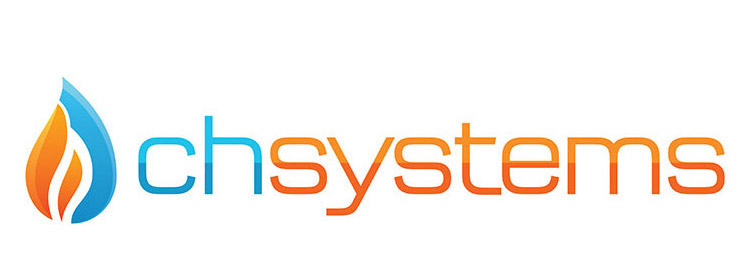Are online meetings better for the environment?
Online meetings. Who knew that this is what would keep the world ticking over in 2020. Prime Ministers and Presidents have made decisions by Zoom vote and businesses have stayed afloat by engaging employees and clients onscreen. Many companies have gone as far as shutting office doors in favour of cyberspace after discovering that they can, in fact, get the job online as they did in person, pre-pandemic.
Whilst there are many cost-saving advantages of running a business rent-free, an interesting question that is gaining in momentum, is the cost of online meetings on the environment? It might seem quite obvious that if you’re not driving (or catching public transport) to a meeting you’re not polluting the air, which would make online meetings better for the environment (than meeting in person). Except, it’s not as simple as that.
Check out these following stats relating the to the streaming costs for online meetings (put together by digital expert Gerry McGovern):
- A one-hour audio call consumes about 36 MB of data per person.
- A one-hour standard-definition video call consumes about 270 MB per person.
- A one-hour high-definition video call consumes about 540 MB per person.
- A one-hour ultra-high-definition video call consumes about 1.3 GB per person.
Assuming an average of one one-hour meeting a day involving two people, 250 days a year, then:
- The audio-only calls would emit 0.08 kg of CO2.
- The standard-definition video calls would emit 0.6 kg of CO2.
- The high-definition video calls would emit 1.1 kg of CO2.
- The ultra-high-definition calls would emit 2.8 kg of CO2.
An average tree can absorb about 10 kg of CO2 per year. Here’s the equivalent number of people calling that would be required in order for it to be necessary to plant one tree in order to offset the pollution:
- 270 people for audio only
- 36 for standard-definition video
- 18 for high-definition video
- 7 people for ultra-high-definition video.
The average CO2 emissions from new passenger cars registered in the European Union in 2018 was 0.1204 kg of CO2 per kilometre. Thus, on a yearly basis:
- The audio-only calls would be the equivalent of driving 0.7 of a km.
- The standard definition video calls would be the equivalent of driving 5 km.
- The high-definition video calls would be the equivalent of driving 9 km.
- The ultra-high-definition calls would be the equivalent of driving 23 km.
Surprised? Probably. Although, the payoff doesn’t seem entirely unreasonable; 9 km for a year’s worth of meetings. Yet, McGovern suggests that streaming may represent no more than 5 percent of the total costs. There are also processing costs – like, saving and storing meetings, and viewing them at a later date, and what about costs relating to the devices used for the meetings?
The overall point is that digital is not necessarily green or greener. For example, what happens if far more meetings now occur online than were held offline? And more people attend these meetings – because they can; because it’s as simple as the click of a button?
Something we can do in our working life to limit the impact of digital meetings on the environment, is to be essential (holding only as many meetings as are necessary) and efficient (meeting for only as long as is necessary) – this consideration could make all the difference.
For all your energy related questions, feel free to contact the CH Systems team on 0208 302 8149 or info@chsystems.cc.


